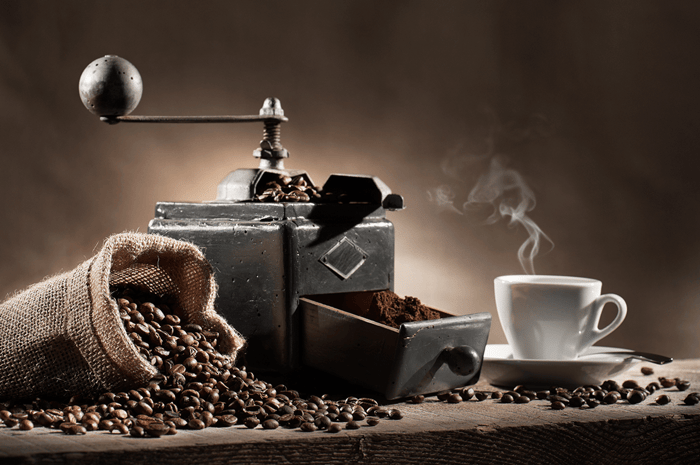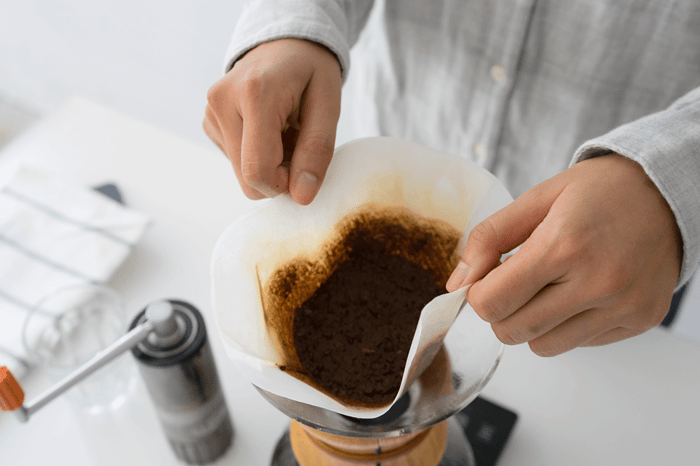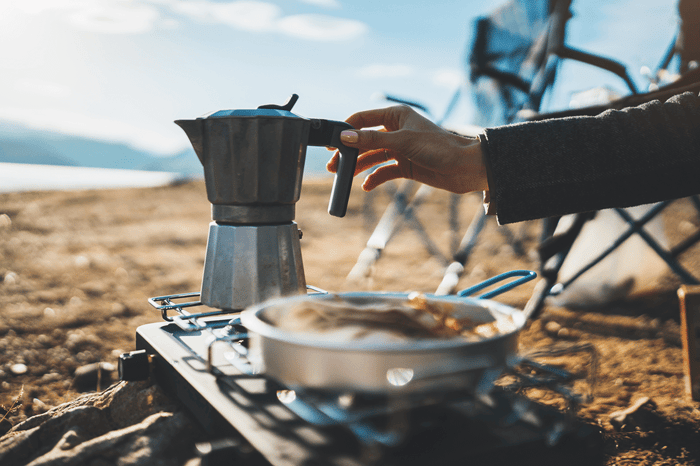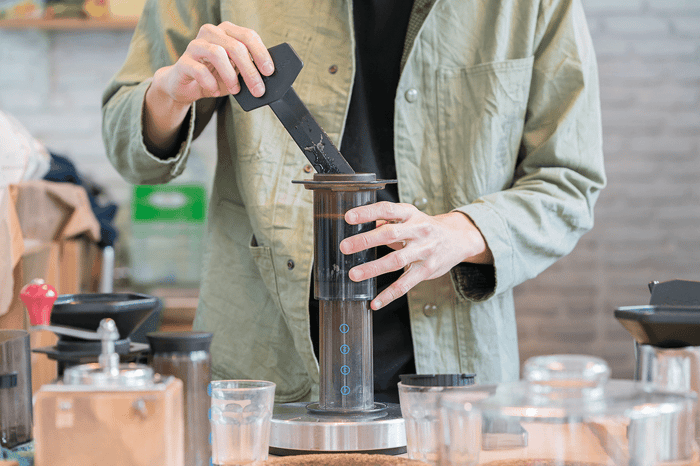
Does Water Temperature Affect How Much Caffeine is in Coffee?
Yes!
The solubility of caffeine in water is directly related to temperature. Higher water temperatures will cause significantly more caffeine to extract from coffee grounds.
Of course, you don’t want to burn your coffee beans, so there’s an upper limit to how hot you can really practically brew coffee at.
Brewing your coffee with boiling water won’t do any favors for the taste. If you, y’know, care about that sort of thing with your beverages.
So therefore, water just below boiling seems to be the best option for getting the most caffeine out of coffee.
Somewhere between 195 and 205 degrees is a good target.
Go much lower than this range, and you can end up extracting significantly less caffeine.
Brewing coffee with water below 150 degrees, for example, will extract much less caffeine in relation to time (See below for more on Cold Brewing).
In conclusion, you can extract the most caffeine without sacrificing the quality of your coffee when you brew coffee with hot water that’s close to boiling, but not boiling.
Other Things to Ponder
In addition to the temperature of the water, the amount of time you let the water sit on the grounds plays an important role.
This, of course, is one of the reasons why cold brew coffee can have just as much or more caffeine than coffee brewed with hot water—it sits in the extraction stage for a much longer time.
Typically, cold brew extracts for several hours up to an entire day.
Another thing to consider is that cold brew usually uses a lot more actual coffee in the brewing process. The ratio of coffee to water in cold brew can be over twice as high as in coffee brewed with hot water.
So while the cold water is getting less caffeine out of the coffee, the amount of coffee used is higher, and it’s left to sit for hours instead of minutes or seconds.
There are plenty of other variables besides time and temperature that factor into how much caffeine your cup of coffee has. The size of your grind, the speed at which the water flows through grounds, and the type of coffee beans
There are a number of variables, including time, temperature, grind size, flow rate (how fast water flows through grounds), contact time, coffee bean type (arabica vs. robusta), and roast type (light or dark).
So if you’re trying to squeeze the most caffeine out of your coffee grounds, you have a lot of things to consider besides temperature of the water—though it definitely plays a part in the equation.
If that’s your goal, why not start with the coffee with the highest caffeine? Black Insomnia’s extreme caffeine coffee has been proven by independent laboratories to have more caffeine than other coffees on the market—even those who claim to be the strongest.
With a refined roasting process perfected over years and a proprietary blend of exclusive coffee beans, Black Insomnia is deliciously pure, powerful, caffeine bliss. Learn more about Black Insomnia’s coffees in our Shop.





